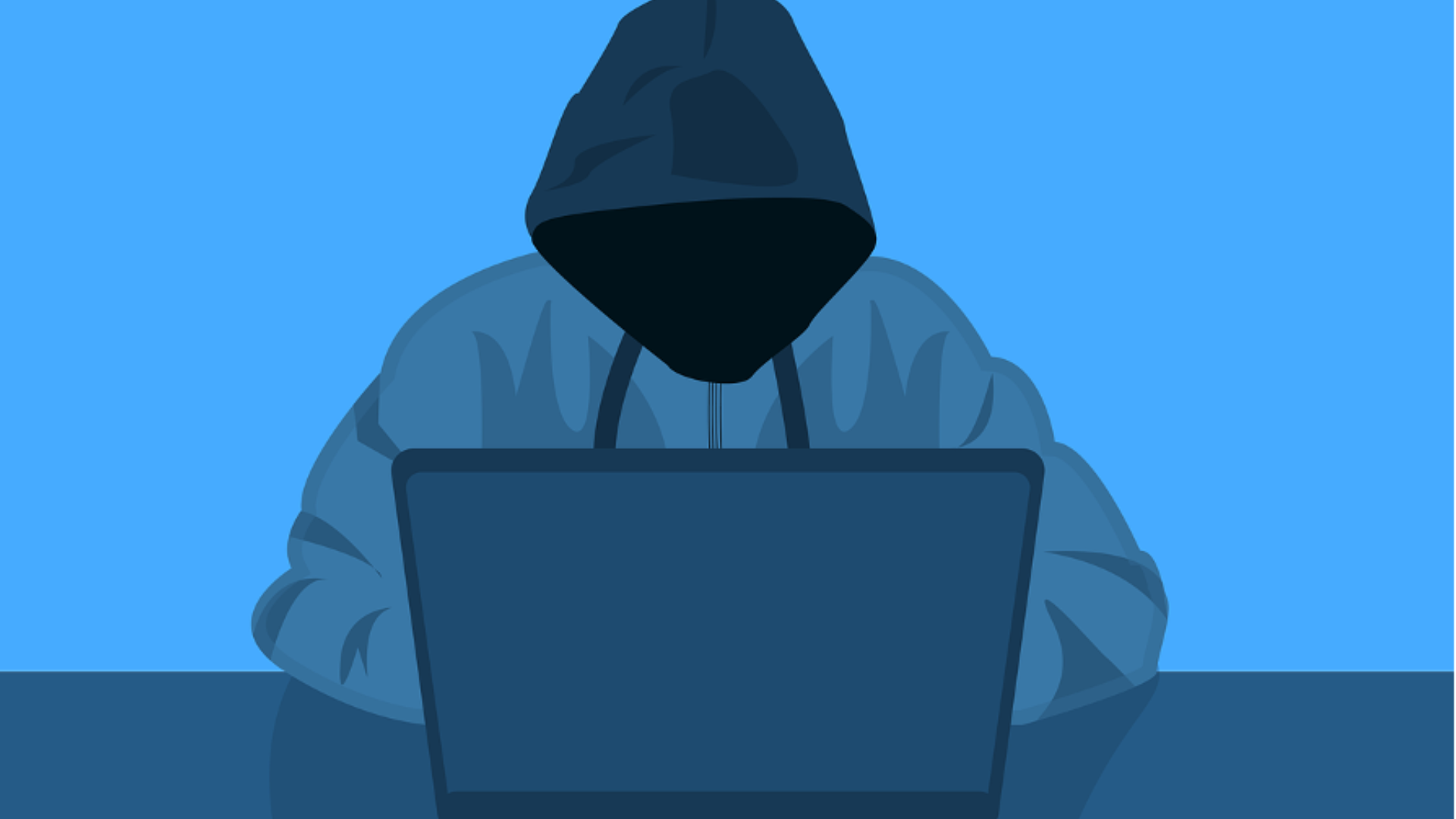Don‘t forget home office security: A guide to keeping remote workers safe and secure
If you could bundle an office worker from the year 2003 into a time machine and bring them to the present day, they wouldn’t believe how different...
4 min read
![]() Totalcare IT
:
Feb 11, 2025 11:44:17 AM
Totalcare IT
:
Feb 11, 2025 11:44:17 AM
The rise of remote work has been one of the biggest changes in the business landscape over the last few years. With many employees working from home or on the go, companies need to prioritize security to ensure that remote work doesn’t expose their sensitive data to cyber threats. Whether your team is working from home (WFH), the coffee shop, or a co-working space, keeping devices and connections secure is critical.
This week’s mission: Take a deep dive into the security tools on your team’s devices. Are these devices properly protected? Do your staff have stable internet connections at home? And if they’re working from a coffee shop, are they connecting to unsecured Wi-Fi? This post will walk you through how to assess your remote team’s security and develop a comprehensive WFH policy to keep everyone safe and productive.
When you have remote workers, the first question to ask is: What security tools are on their devices? Whether your team is using laptops, tablets, or smartphones, each device needs to be properly equipped with the right security measures to avoid potential vulnerabilities.
Antivirus and Anti-Malware Software
Every device should have reputable antivirus and anti-malware software installed to detect and prevent malicious activity. Ensure that your team’s devices are set to automatically update these programs to stay ahead of new threats.
Virtual Private Network (VPN) or Secure Access Service Edge (SASE)
A VPN is one tool to that can help your remote team access company data from anywhere. A VPN encrypts internet traffic, making it difficult for hackers to intercept sensitive information. This is especially important if employees are using public Wi-Fi at places like coffee shops or airports. However, a more modern and secure option is using SASE, which you can learn more about here. In a nutshell, it's like a security cloud protecting you no matter where you are and where your data sits.
Firewalls
Firewalls are essential for blocking unauthorized access to devices. Whether it’s a software firewall on a laptop or a hardware firewall on a company network, these tools prevent external threats from infiltrating your system.
Encryption
All sensitive data stored on remote devices should be encrypted. This ensures that even if a device is lost or stolen, the data remains inaccessible to anyone without the encryption key.
Multi-Factor Authentication (MFA)
MFA adds an extra layer of protection to your team’s accounts. By requiring more than just a password—like a text message code or fingerprint scan—you can prevent unauthorized access even if login credentials are compromised.
When your remote workers head to the local coffee shop or co-working space, they’re likely connecting to an open Wi-Fi network. Public Wi-Fi networks are notorious for being insecure, and hackers can use them to intercept sensitive data.
Encourage your team to always connect through a VPN or have SASE running when using public Wi-Fi, as it secures their internet connection and shields their activity from potential attackers. Additionally, remind your workers to avoid accessing sensitive information (like banking details) while on public networks.
A solid work-from-home policy not only sets clear expectations but also ensures that your team knows how to protect both personal and company data while working remotely. Here are the key components to include in your policy:
1. Security Standards for Devices
Your WFH policy should clearly define the minimum security standards for all devices, including:
2. Guidelines for Secure Internet Use
Outline the rules for internet access while working remotely:
3. Training and Awareness
Employees need to be trained on recognizing and responding to security threats like phishing, ransomware, and social engineering attacks. Include a security awareness training section in your policy and require employees to complete it annually.
4. Incident Reporting and Response
Make sure your remote workers know who to contact and what steps to take if they suspect a security breach or have an incident. This includes reporting lost or stolen devices and alerting IT staff if they experience suspicious activity.
5. Working in Secure Environments
Encourage employees to work in environments that limit exposure to physical security threats. For example, they should use privacy screens, avoid working in public spaces with sensitive information, and ensure their devices are always secured.
6. Regular Policy Review and Updates
The security landscape is constantly evolving, so your policy should be reviewed and updated regularly to keep up with new threats and tools.
At TotalCare IT, we work with businesses of all sizes to help them create secure, efficient, and scalable work-from-anywhere solutions. We understand the unique challenges of managing a remote or hybrid workforce, and we specialize in providing customized IT security services to keep your team safe, no matter where they are working.
Our team can help you:
We also offer security audits to assess the current state of your remote work setup and provide recommendations for improvement.
At TotalCare IT, we’re here to help you navigate the complexities of remote work security and ensure your team can work from anywhere without compromising data protection.
Ready to secure your remote workforce? Reach out to TotalCare IT today to discuss how we can help build a secure and efficient work-from-home environment for your team.

If you could bundle an office worker from the year 2003 into a time machine and bring them to the present day, they wouldn’t believe how different...

The emergence of remote work in Idaho and the rest of the country has reshaped the contemporary workspace, marking the end of strict office routines...

With the continuing shift towards remote working, health is an ongoing concern. Find out how to stay healthy even when you’re working from home.